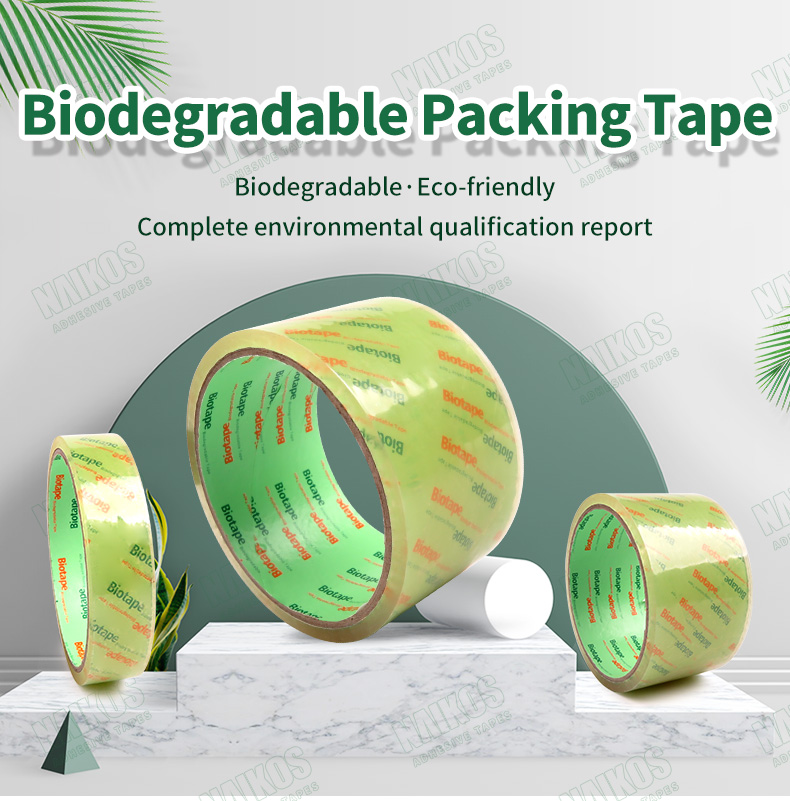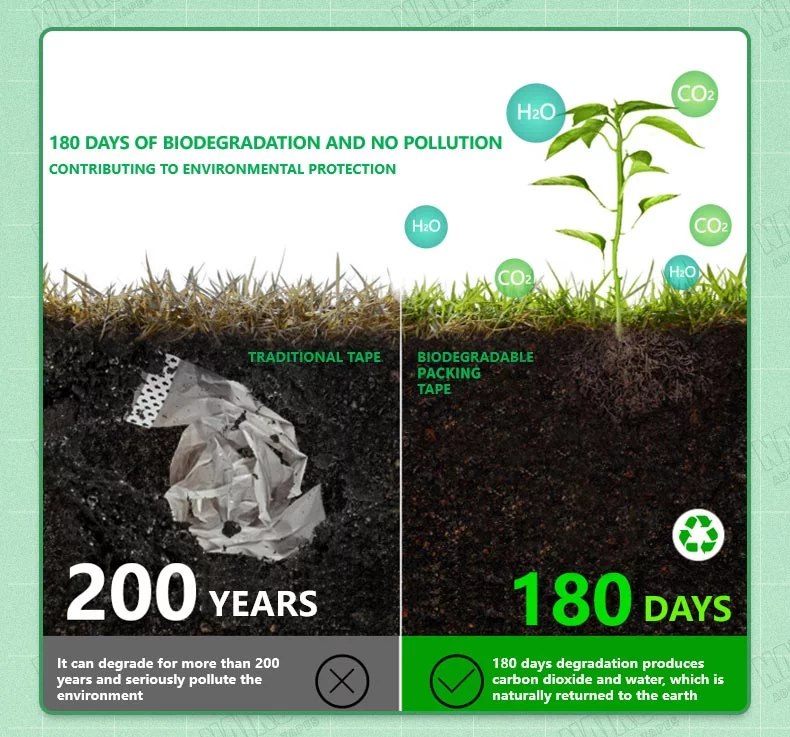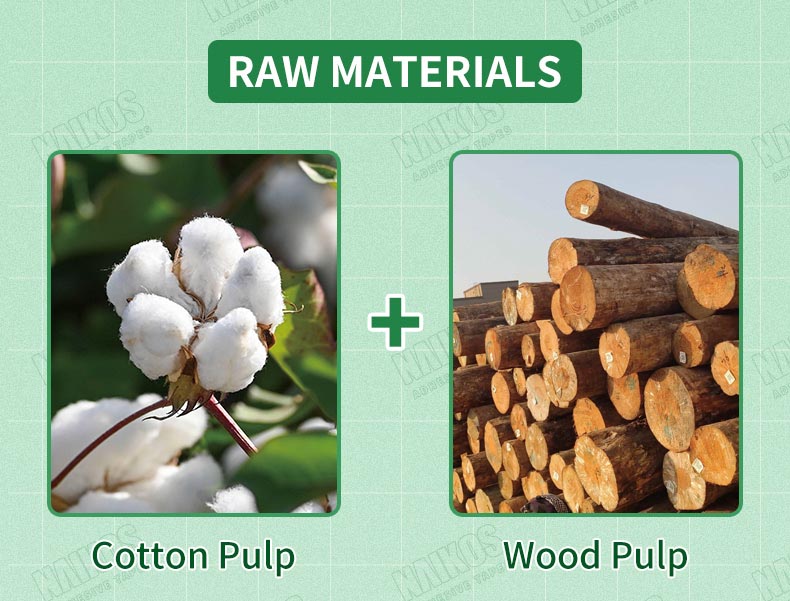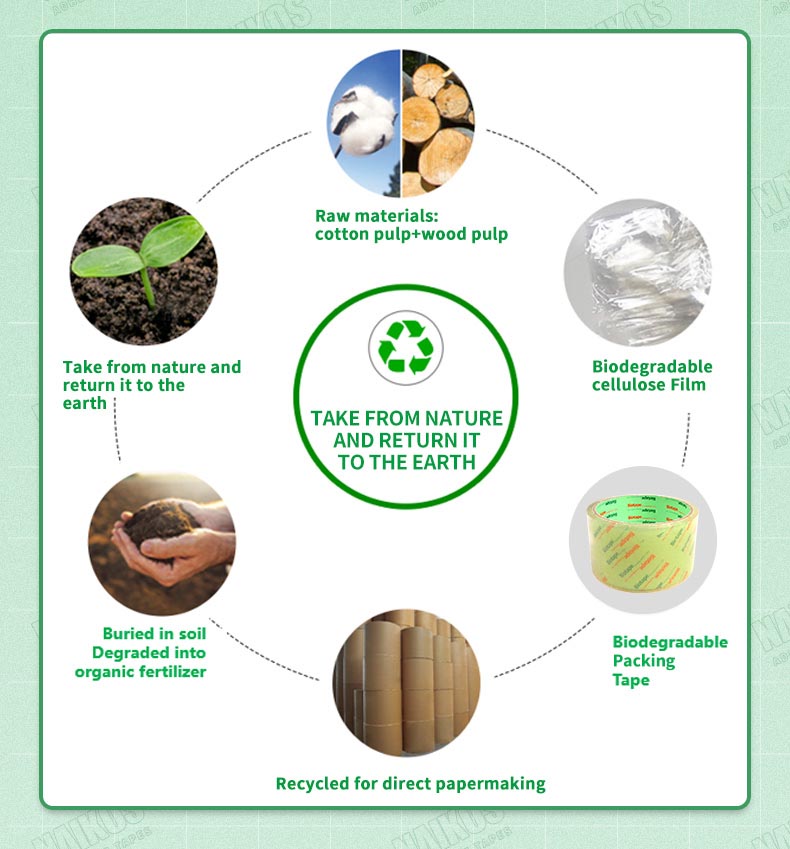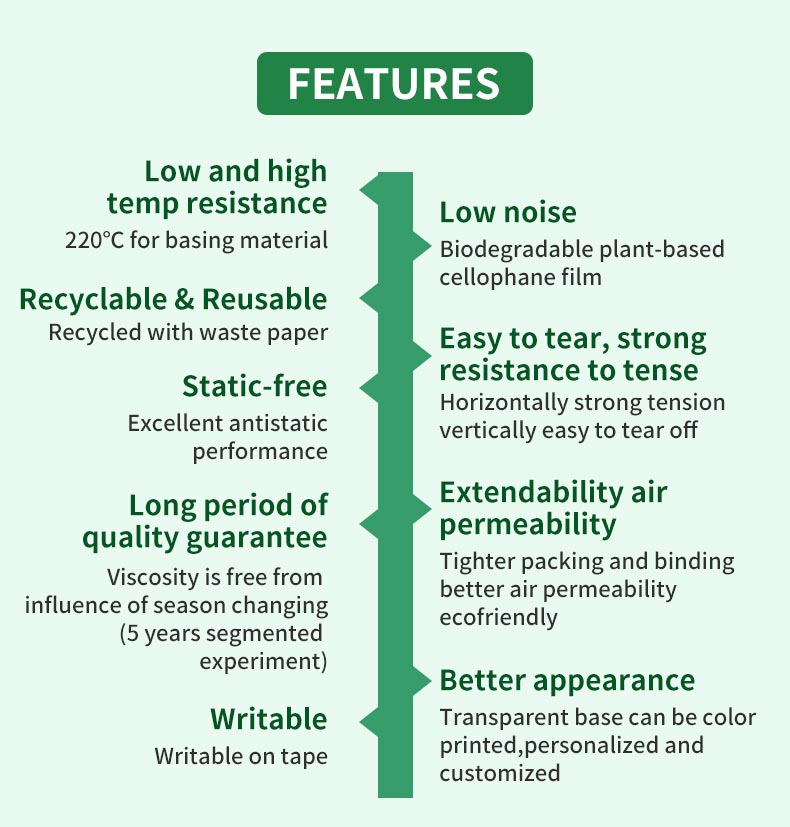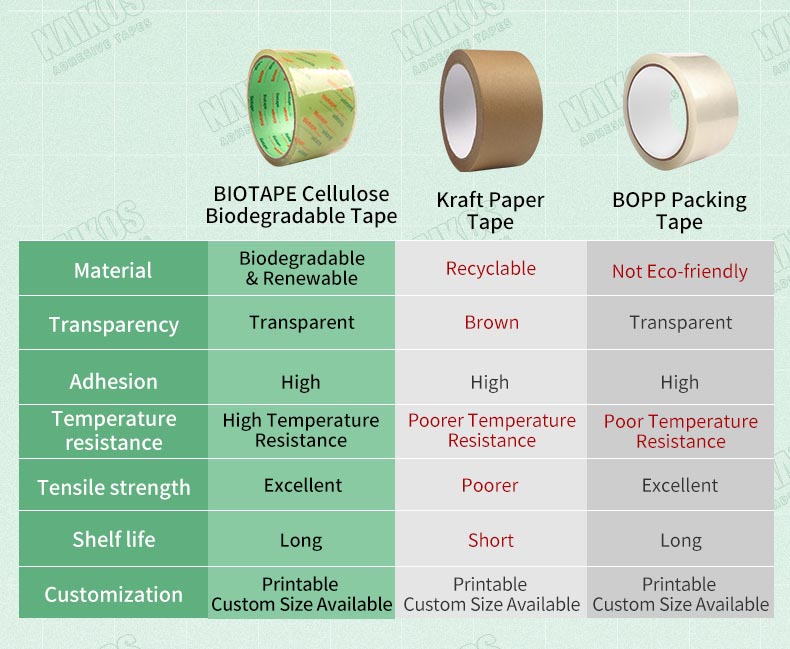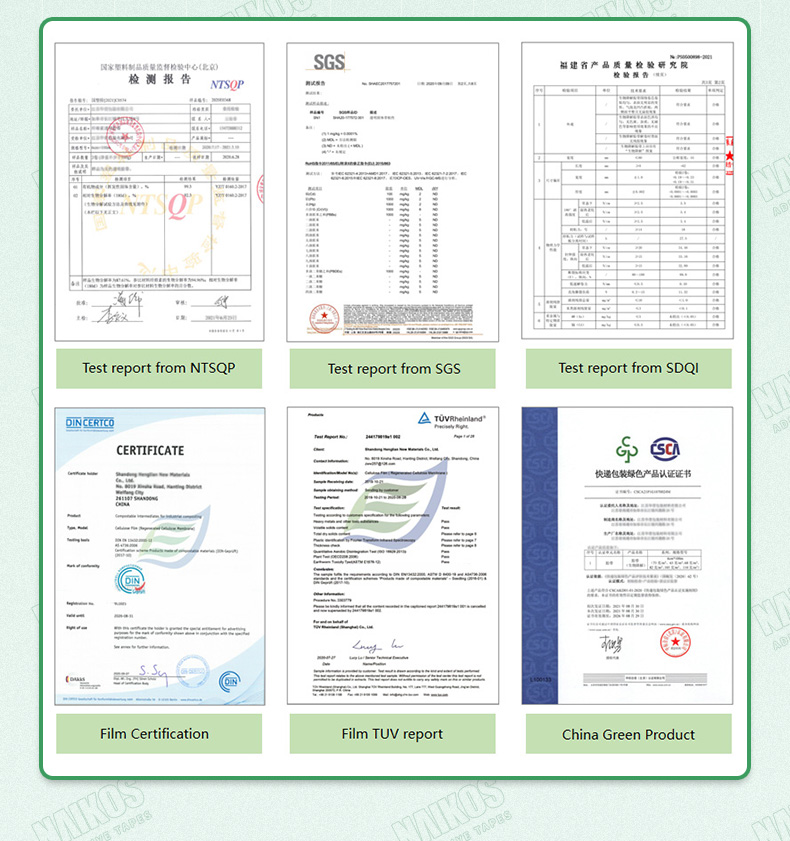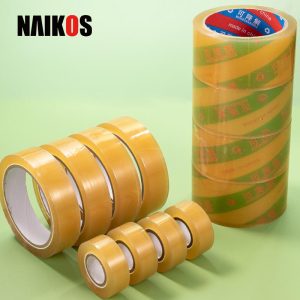Cellulose forestry tape flagging is a sustainable and biodegradable way of marking trees and other vegetation in forestry operations. This type of tape is made from cellulose, a renewable and abundant natural resource that is derived from plant fibers.
Forestry tape flagging is used to mark trees, plants, and other vegetation for a variety of purposes, such as to indicate which trees should be removed, which are ready to be harvested, or simply to mark hiking trails. Traditional forestry tape flagging is typically made from plastic, which is not biodegradable and can have negative impacts on the environment.
Cellulose forestry tape flagging, on the other hand, is designed to break down naturally over time. This means that it will not contribute to plastic pollution or harm wildlife. In addition to being biodegradable, cellulose forestry tape flagging is also sustainable, as cellulose is a renewable resource that can be produced from a variety of plants, such as cotton, wood, and hemp.
Another benefit of cellulose forestry tape flagging is that it is strong and durable, making it a reliable option for marking trees and plants in harsh weather conditions. It is also easy to use and can be tied or stapled to vegetation, making it a versatile marking tool.
Cellulose forestry tape flagging may cost slightly more than traditional plastic tape flagging, but the benefits to the environment make it a worthwhile investment. In addition, some forestry management organizations may offer incentives for using sustainable marking materials, which could help offset the cost.
Overall, cellulose forestry tape flagging is a sustainable and biodegradable alternative to traditional plastic tape flagging. By choosing to use cellulose tape, forestry management organizations can reduce their impact on the environment and promote more sustainable forestry practices.
